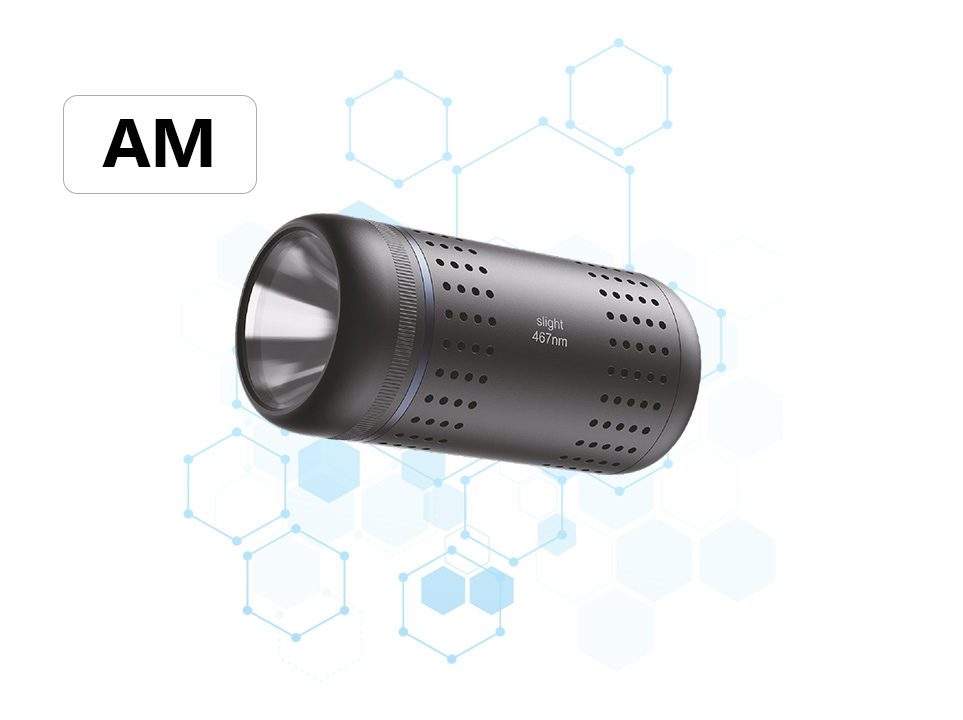The role and characteristics of laboratory photoreactors
In the realm of scientific research and technological advancements, laboratory photoreactors have emerged as pivotal tools in exploring the fascinating world of photocatalysis. These specialized devices play a crucial role in simulating and optimizing photochemical reactions, paving the way for groundbreaking discoveries and innovative applications across various industries. To fully appreciate their significance, let's delve into the role and characteristics of laboratory photoreactors, highlighting their unique features that make them indispensable in modern scientific research.
The Role of Laboratory Photoreactors
1. Enabling Photocatalysis Research
Photoreactors serve as the cornerstone for studying photocatalysis, a process where light energy is harnessed to drive chemical reactions. By providing a controlled environment with precise lighting conditions, these reactors allow researchers to investigate the behavior of photocatalysts, understand their mechanisms, and optimize their performance. This, in turn, facilitates the development of more efficient and environmentally friendly technologies.
2. Simulating Real-World Conditions
In addition to fundamental research, laboratory photoreactors are also instrumental in simulating real-world conditions. By adjusting parameters such as light intensity, wavelength, temperature, and pressure, scientists can mimic various environmental scenarios, enabling them to assess the practical feasibility and performance of photocatalytic systems in real applications.
3. Bridging the Gap Between Lab and Industry
The insights gained from laboratory photoreactors serve as a bridge between theoretical research and industrial applications. By validating the effectiveness of photocatalysts under controlled conditions, these reactors pave the way for their commercialization, contributing to advancements in water treatment, air purification, energy conversion, and more.
Characteristics of Laboratory Photoreactors
1. Highly Customizable Lighting Systems
One of the defining characteristics of laboratory photoreactors is their highly customizable lighting systems. These systems can be tailored to provide specific wavelengths and intensities of light, enabling researchers to study the effects of different light sources on photocatalytic reactions. This flexibility is crucial for understanding the photoabsorption properties of catalysts and optimizing their performance.
2. Precision in Temperature and Pressure Control
Maintaining precise control over temperature and pressure is essential for accurate and reproducible photochemical experiments. Laboratory photoreactors are equipped with advanced control systems that ensure consistent conditions throughout the reaction process, minimizing variables that could influence the results.
3. Versatile Reactor Designs
To cater to a wide range of research needs, laboratory photoreactors come in various designs, including batch, continuous flow, and even microreactor configurations. These versatile designs allow for different types of photocatalysts and reactions to be studied, from simple aqueous solutions to complex solid-liquid interfaces.
4. Scalability and Integration with Analytical Tools
As research progresses, the ability to scale up experiments and integrate analytical tools becomes increasingly important. Many laboratory photoreactors are designed with scalability in mind, enabling researchers to transition from small-scale studies to larger-scale validations. Furthermore, they can be equipped with inline analytical tools such as UV-Vis spectrophotometers and gas chromatographs, allowing for real-time monitoring of reaction progress and product formation.
Conclusion
Laboratory photoreactors are indispensable tools in the field of photocatalysis research, enabling scientists to explore the potential of light-driven chemical reactions with unprecedented precision and control. Their customizable lighting systems, precise control over temperature and pressure, versatile reactor designs, scalability, and safety features make them powerful instruments for advancing scientific understanding and fostering technological innovation.





